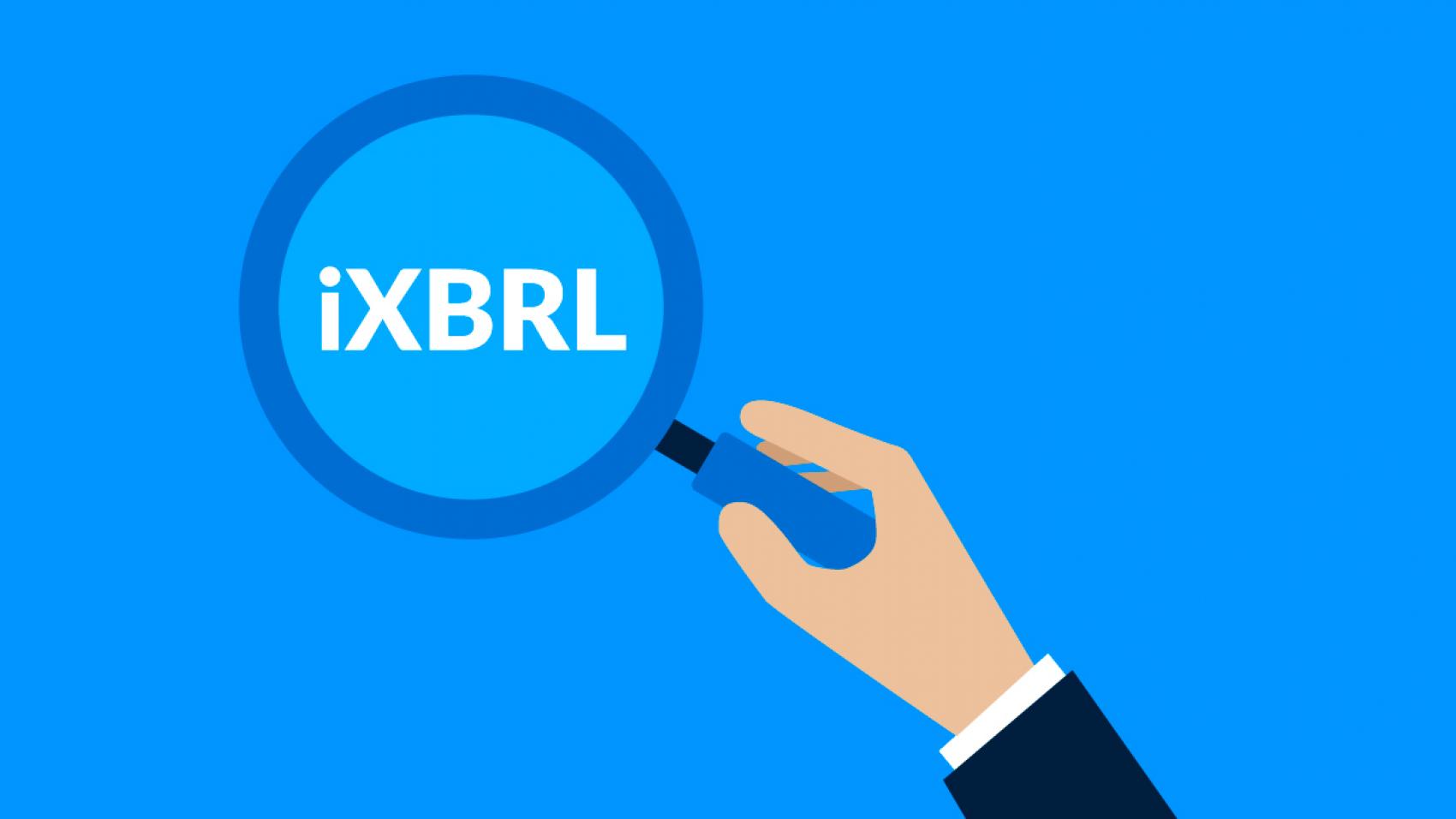The Open Source Inline XBRL Viewer from Workiva: Q&A

A new iXBRL® viewer from Workiva is making it easier for people to see and use the machine-readable information that more and more organisations are embedding in their financial reports.
The use of the Inline XBRL® format has grown considerably in the last several years:
- The U.S. Securities and Exchange Commission (SEC) has started phasing in requirements for operating companies and funds to use the iXBRL format for financial statement information and risk/return summaries
- In Europe, the European Single Electronic Format (ESEF) will require about 5,300 companies to file annual reports with iXBRL tags for fiscal years starting in 2020
- The U.K., Denmark, Japan, and South Africa also have adopted iXBRL mandates
- Meanwhile, government agencies and legislators, particularly in the United States, have been looking at iXBRL tagging as they push for more transparency and open data in reporting by public agencies
Just as an application like Adobe® Acrobat® helps you view PDFs, an iXBRL viewer helps you access iXBRL content.
The Inline XBRL Viewer powered by Workiva is open-source and available to every organisation. For Workiva customers, the Inline XBRL viewer is also embedded in our connected reporting and compliance platform.
Here's more on what it all means for data producers and consumers:
What is iXBRL? What is the difference between XBRL and iXBRL?
Let's start with XBRL®, or Extensible Business Reporting LanguageTM. Machine-readable XBRL tags identify pieces of financial data according to an agreed-upon taxonomy. The iXBRL format allows you to incorporate XBRL tags into HTML-formatted financial statements, so you can combine machine-readable data with a reader-friendly presentation.
Why did Workiva develop an open-source Inline XBRL viewer?
With the move to Inline XBRL, XBRL data became much more visible and easier to understand since the data is viewed in context with the document. But iXBRL data must be accessible in order to achieve its full potential.
"Workiva saw a need for an open-source iXBRL viewer that is powerful and feature-rich, yet easy to use," said Tom Wacha, Director of Product Management at Workiva.
Anyone from regulators, to professional groups, to software providers are welcome to use and modify the viewer to make their iXBRL filings more accessible.
“Advancing Inline XBRL is one more way that Workiva is transforming reporting and compliance and improving data transparency and trust in global businesses,” Workiva CEO Marty Vanderploeg said.
How does the Workiva iXBRL viewer differ from others out there?
The SEC provides its own viewer for filings that have already been submitted to the commission, and your software provider may also have a viewer you can use before filing. Workiva customers have our viewer embedded within our platform. The Workiva iXBRL viewer is open-source and also enables you to:
- Execute a full text search on taxonomy labels and references and switch to other taxonomy languages
- Export tables in the displayed taxonomy language
- Visualise and navigate calculation relationships
- Produce on-the-fly graphs using XBRL data
The viewer is available within the next generation of Wdesk for users to preview any iXBRL document. You also can use it to wrap iXBRL documents—for example, the Workiva earnings report—so they are fully accessible to online users.
What are the benefits of iXBRL?
The main benefits are better accessibility to—and increased visibility of—XBRL data, which are designed to be read by machines, not humans.
For public companies, the SEC's iXBRL mandate eliminates the duplicative need to file an HTML version of filings and the required XBRL instance document. When filing in iXBRL format, you maintain the same HTML format of the financial statements and integrate the XBRL tags.
Dean Ritz, Senior Director of Reporting Strategy at Workiva, has addressed how iXBRL tagging of city and state financial data could help investment houses efficiently pull data to evaluate which bonds to add to their portfolios, instead of scraping together that information manually from PDF files. Meanwhile, communities and rating agencies could more easily review and compare data.
Who uses iXBRL today?
XBRL International, which promotes accountability and transparency in business reporting, has a more detailed list of users, but consumers of iXBRL typically include regulators, companies, government agencies, investment ratings agencies and analysts and investors who are comparing potential investments to identify opportunities.
The U.K.’s tax authority, which requires all companies to file financial statements in Inline XBRL, receives more than 2.5 million filings annually, according to XBRL International.
How can my organisation implement iXBRL?
Filers should start the education process early. Research which timelines and requirements apply to you, and establish a relationship with a trusted partner who can guide you through the process.
As a leading provider of connected reporting and compliance solutions, Workiva has accounted for more Inline XBRL facts filed with the SEC than any other provider, according to our internal data. In fact, the first iXBRL filing with the SEC was submitted through the Workiva platform. If you are a Workiva customer, your Customer Success Manager is the best place to start. If you are not yet a Workiva customer, request a demo to explore how Workiva can help you meet iXBRL requirements.
Why is iXBRL important? What difference does this make to my organisation?
SEC Chairman Jay Clayton has said transitioning to iXBRL filing represents a modernisation of reporting and a move to improve the accessibility and usefulness of information to investors.
In the words of Anna Kwok, Vice President of Professional Services at Workiva, Inline XBRL is how we advance toward the common goal of providing better data.
XBRL®, Inline XBRL®, Extensible Business Reporting LanguageTM and iXBRL® are trademarks of XBRL International, Inc. All rights reserved. The XBRLTM/® standards are open and freely licensed by way of the XBRL International License Agreement. Adobe Acrobat is a registered trademark of Adobe Systems Incorporated in the United States and/or other countries.
Inline XBRL and the Future of Financial Reporting
See how iXBRL® is changing the way financial reports are prepared and analyzed.


